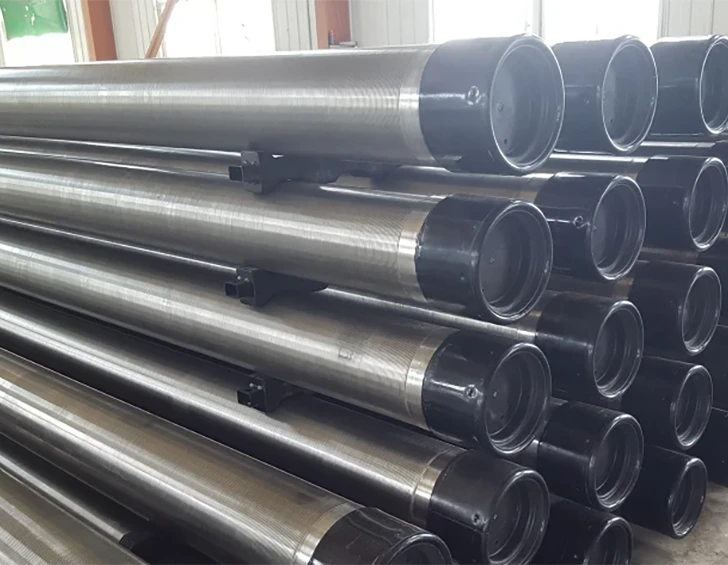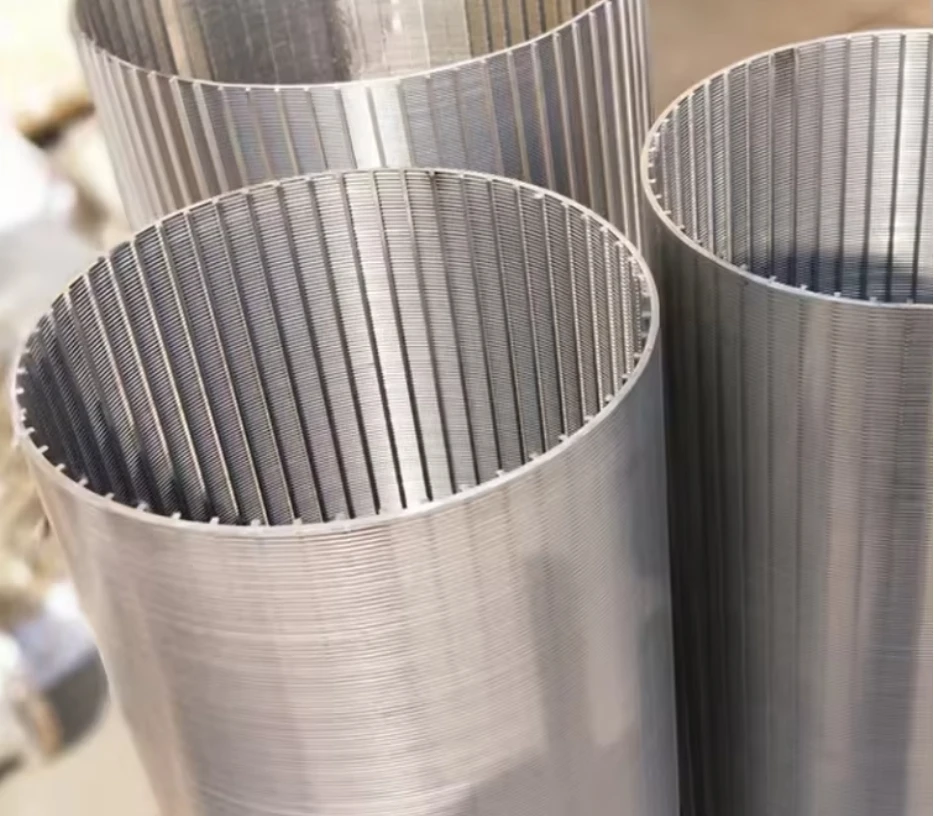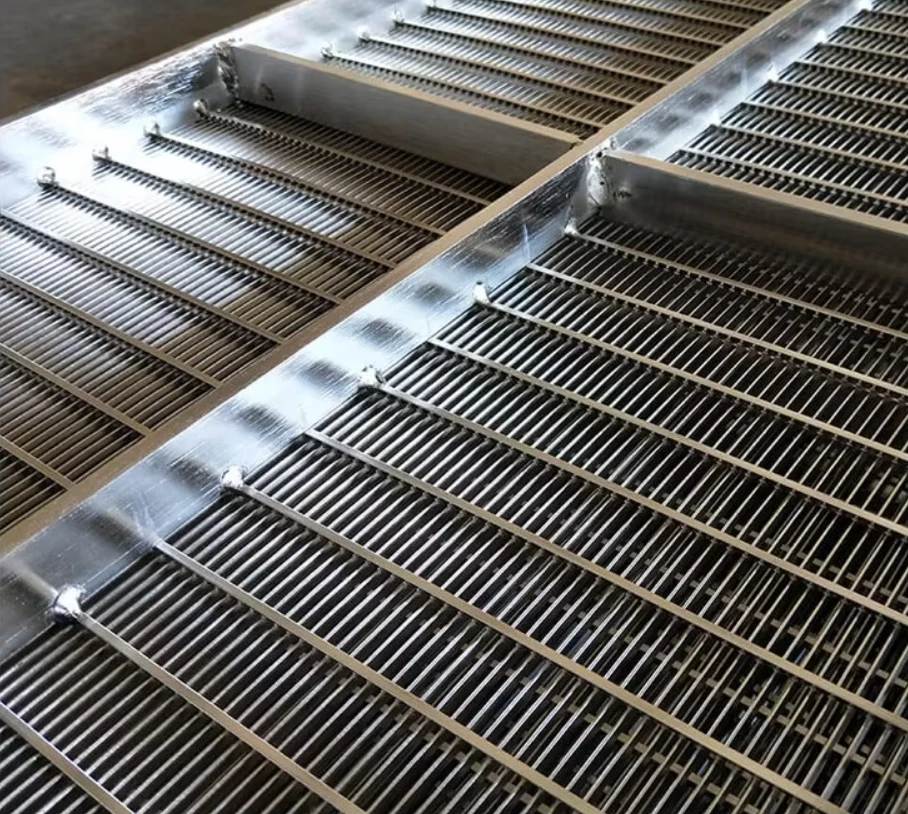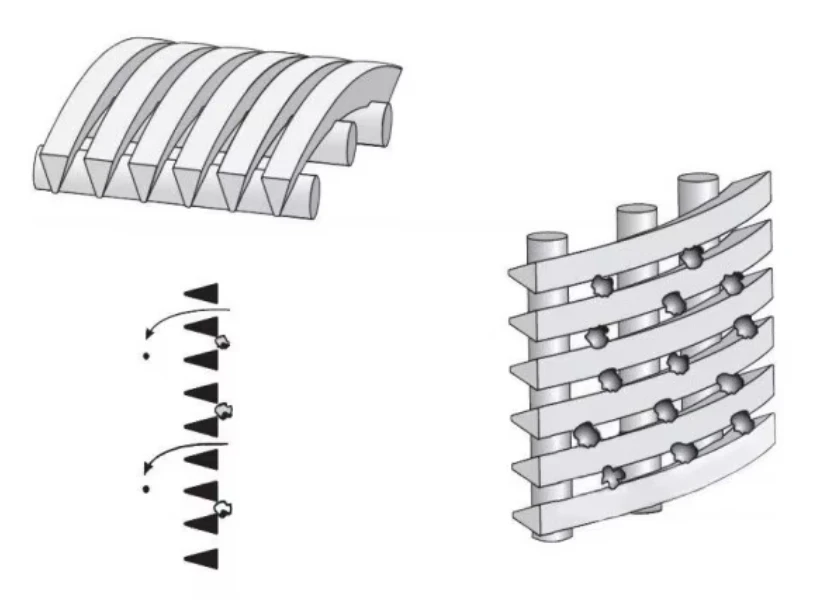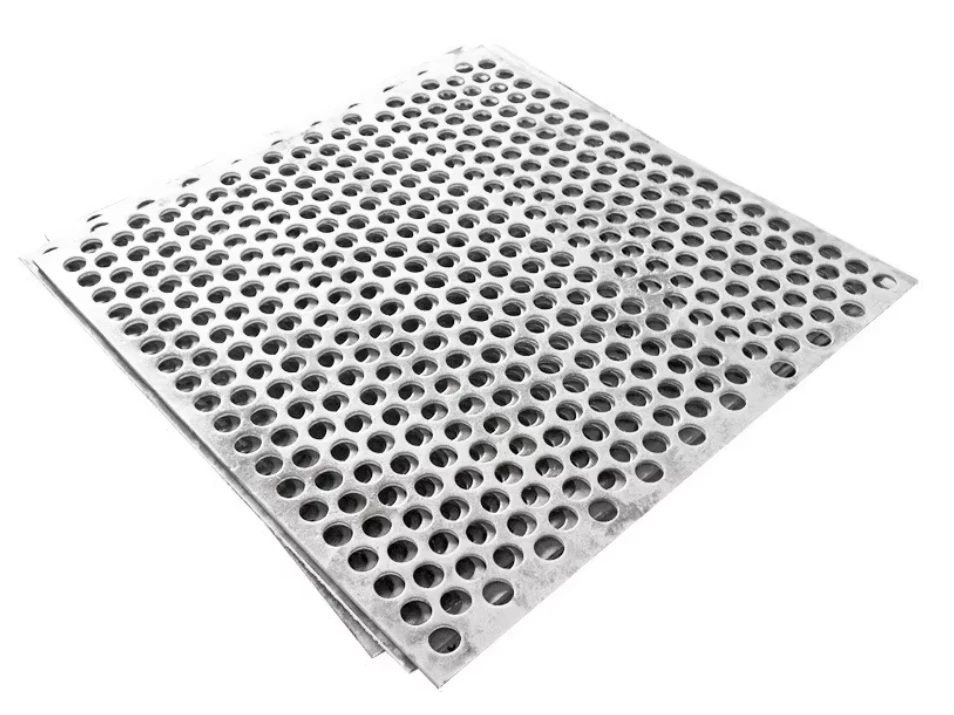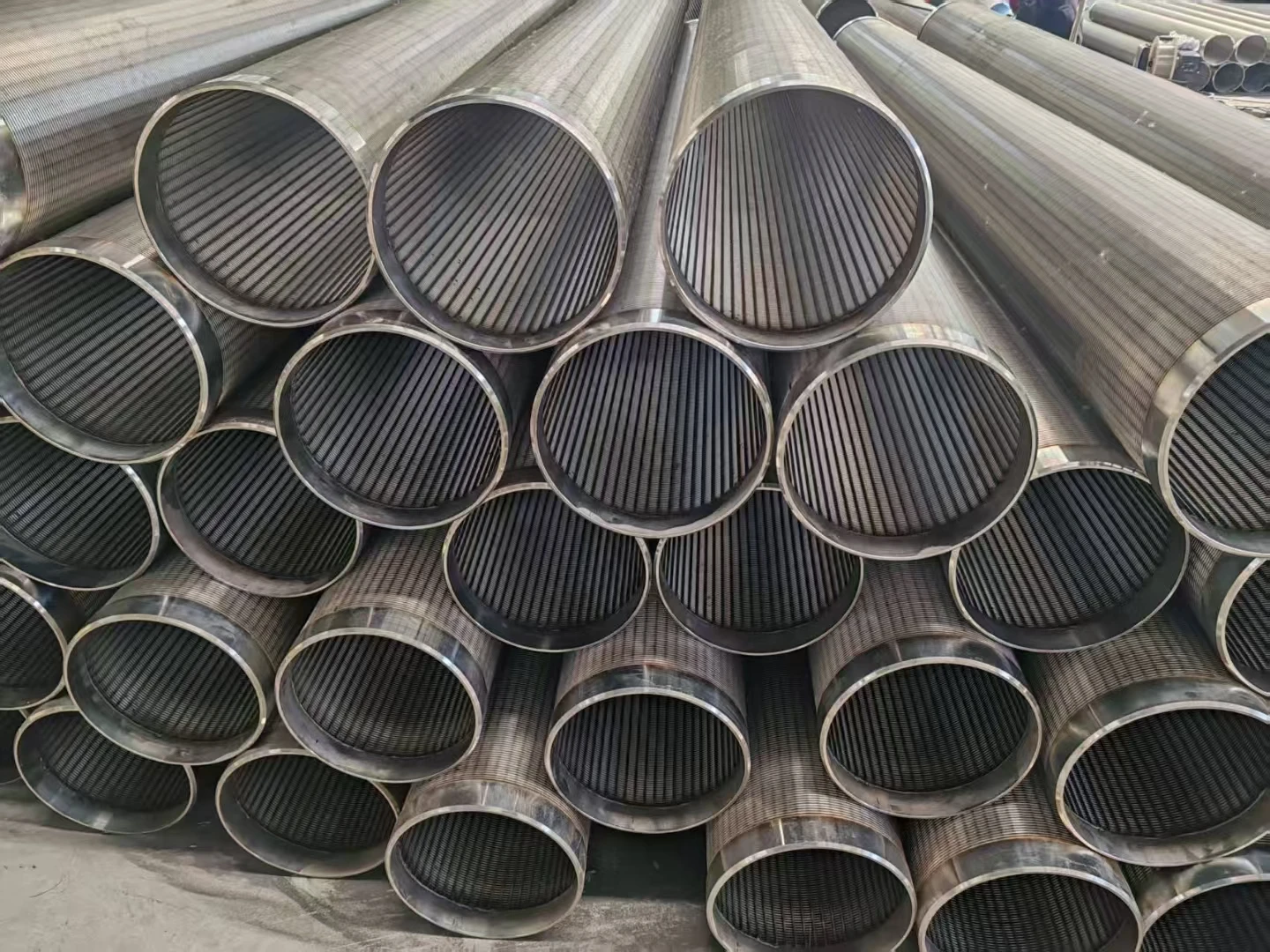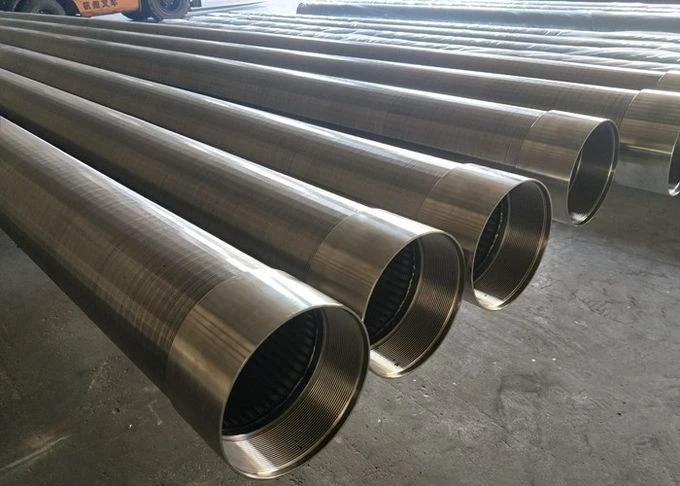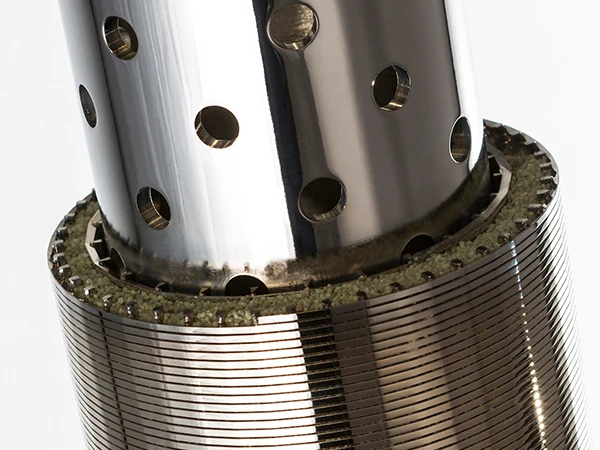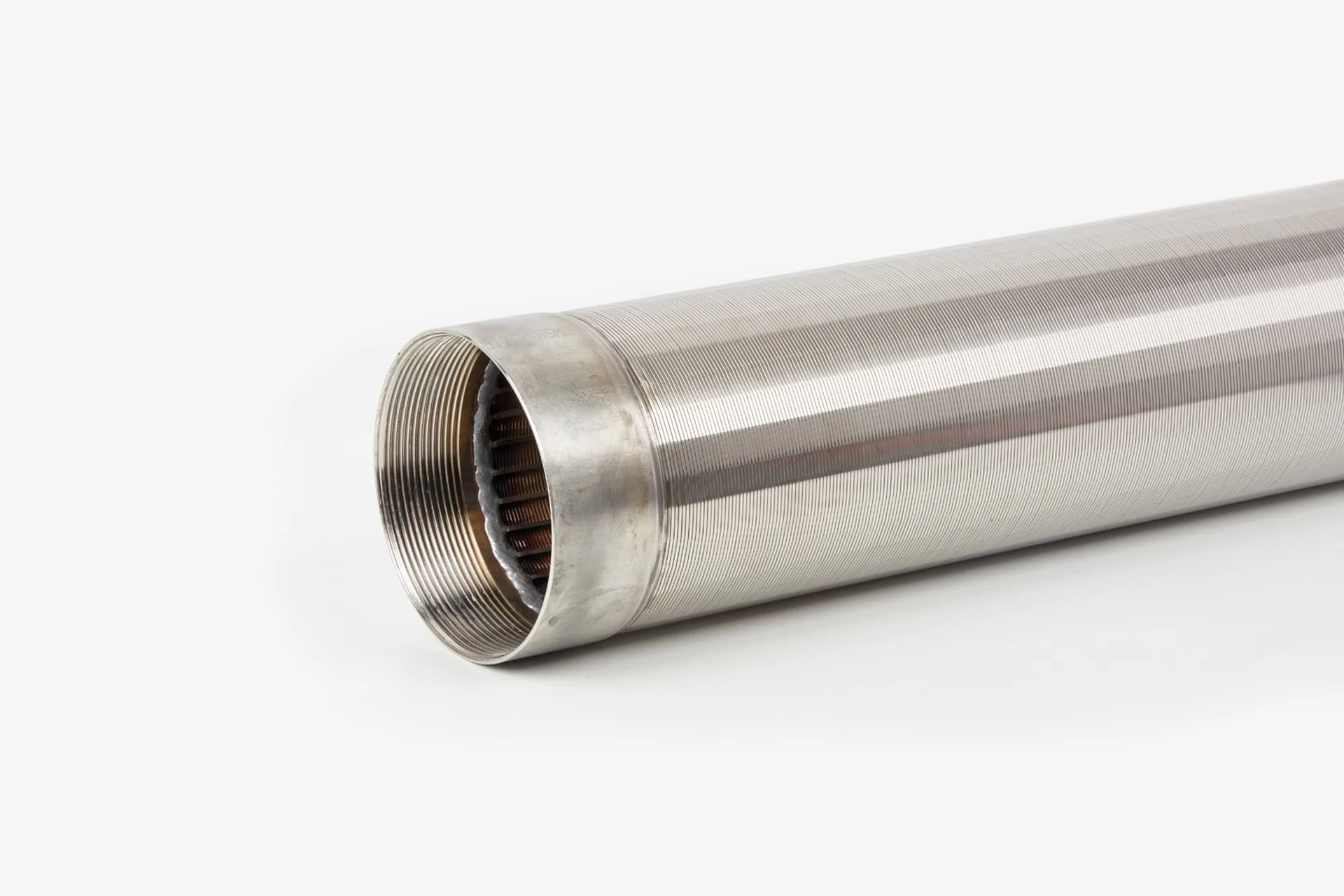- Understanding the Core Mechanics of Rotary Vibrating Screens
- Unveiling the Technical Superiority of Rotary Drum Screens
- Performance Data: Quantifying Efficiency and Output
- Comparative Analysis: Leading Rotary Screen Manufacturers
- Tailored Solutions: Custom Rotary Drum Screen Design
- Industry Applications: Case Studies of Success
- Future Prospects: Rotary Drum Screen Wastewater Innovations
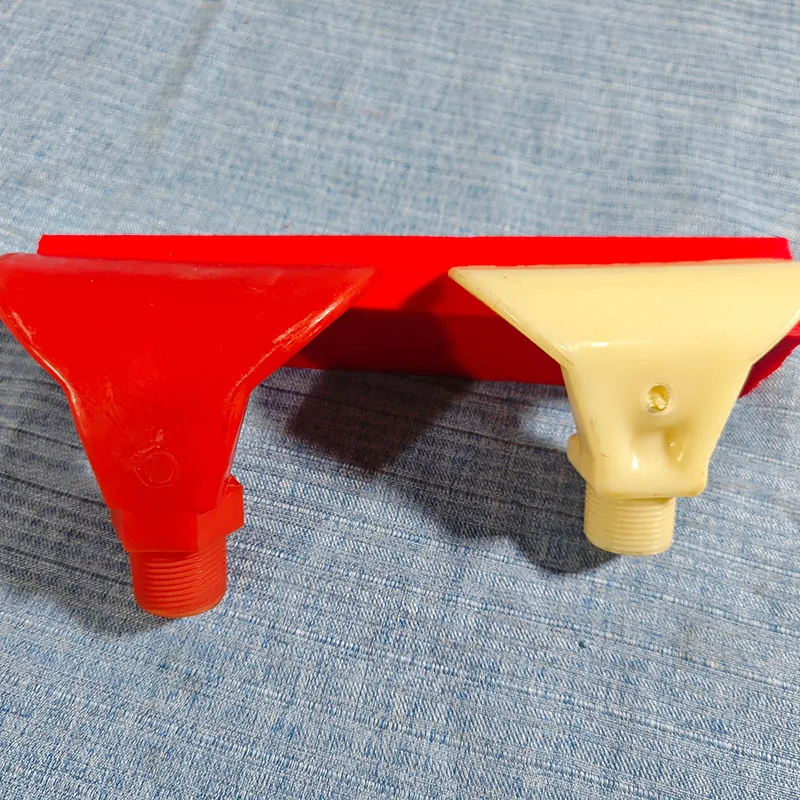
(rotary vibrating screen)
Understanding the Core Mechanics of Rotary Vibrating Screens
Rotary vibrating screens operate through a sophisticated combination of centrifugal force and precision vibration. This dynamic system features an eccentrically weighted motor that generates multi-plane movement, enabling material to travel in spiral patterns across stainless steel mesh surfaces. The operational process begins with feed material entering the cylindrical screening chamber where gyratory motion initiates particle separation.
Material stratification occurs as centrifugal forces push larger particles toward the screen periphery while finer fractions migrate inward through precisely sized apertures. This simultaneous horizontal and vertical vibration significantly increases screening accuracy over conventional alternatives. Screen durability proves critical - premium models utilize 304 or 316L stainless steel mesh with reinforced edge bonding capable of sustaining intense vibration cycles exceeding 11,000 rpm without deformation.
Unveiling the Technical Superiority of Rotary Drum Screens
Modern rotary drum screen technology delivers substantial processing advantages through innovative engineering. Water-tight bearing housings prevent lubricant contamination during wastewater filtration operations, extending service intervals by 300-400 hours compared to standard units. Manufacturers now integrate patented anti-blinding mechanisms that deploy periodic reverse-pulse vibrations, maintaining 97-99% open screen area throughout production cycles.
The latest design iterations incorporate variable-frequency drives allowing operators to dynamically adjust amplitude from 2-12mm to match material characteristics mid-cycle. This flexibility reduces energy consumption by approximately 22% while boosting throughput capacity. Noise reduction technology has advanced considerably, with current premium models operating at 68-72 dB(A) - nearly 35% quieter than previous generations without compromising vibrational efficacy.
Performance Data: Quantifying Efficiency and Output
Independent testing validates significant performance differentials between rotary vibrating screen
s and alternative screening technologies. When processing standard mineral aggregates at 50-ton/hour capacity:
| Performance Metric | Rotary Vibrating Screen | Trommel Screen | Linear Vibrating Screen |
|---|---|---|---|
| Screening Efficiency | 92-96% | 78-82% | 85-90% |
| Energy Consumption (kW/ton) | 0.48-0.52 | 0.68-0.75 | 0.57-0.62 |
| Maintenance Cycles (hours) | 2,000-2,400 | 800-1,000 | 1,200-1,500 |
| Footprint (sq ft/TPH) | 1.5-1.8 | 3.2-3.6 | 2.3-2.7 |
Additional studies demonstrate 15-20% higher throughput density compared to linear screens when handling fibrous materials common in waste streams. This efficiency translates directly to reduced capital expenses for processing plants needing equivalent capacity.
Comparative Analysis: Leading Rotary Screen Manufacturers
The industrial screening market offers diverse solutions from specialized manufacturers worldwide. Premier brands differentiate through proprietary engineering enhancements:
Derrick Corporation implements HyperG™ drive systems achieving G-forces up to 7.3g while maintaining structural integrity. Their polymer-frame technology reduces weight by 40% compared to steel equivalents, enabling lower horsepower requirements. Sweco dominates high-viscosity applications with self-cleaning rotary valve systems preventing material build-up during food processing operations.
Meanwhile, Rotex Global excels in fine-particle separation through their stacked-frame design allowing four separation stages within a single machine footprint. Emerging manufacturers like Sepro Systems gain market share through AI-driven predictive maintenance systems cutting unexpected downtime by up to 45%. Each manufacturer provides industry-specific variants optimized for mining, chemical processing, or wastewater contexts.
Tailored Solutions: Custom Rotary Drum Screen Design
Custom configuration options transform standard equipment into application-specific solutions. Screening surface geometry varies considerably - cascade designs with 5-20° decline angles optimize material residence time, while linear-flow configurations accelerate processing for high-volume operations. Mesh customization extends beyond material selection to include:
- Hook-less tensioning systems preventing premature fatigue failure
- Electro-polished surfaces reducing adhesion in wet applications
- Anti-corrosive coatings for pharmaceutical-grade sanitation
For demanding wastewater filtration, multi-stage rotary drum screen designs combine initial coarse screening (6-10mm apertures) with secondary fine filtration (0.5-2mm). Premium configurations incorporate automatic high-pressure spray cleaning modules synchronized with rotating drums, maintaining peak performance in sewage treatment plants processing 50+ MGD. These integrated systems reduce manual maintenance requirements by 75% while sustaining 97%+ efficiency levels.
Industry Applications: Case Studies of Success
Multinational aggregates producer LafargeHolcim implemented rotary vibrating screens across their European facilities to address limestone classification challenges. Customized screen decks with specialized abrasion-resistant alloys increased operational lifespan from 7 to 18 months despite processing over 650 tons/hour of highly abrasive material. Annual maintenance savings exceeded €380,000 per plant through reduced screen replacements and downtime.
In municipal wastewater management, Singapore's Changi WRP installation showcases advanced rotary drum screen capabilities. Triple-stage filtration units handle peak flows of 425,000 m³/day while achieving consistent 1mm screening precision. Self-cleaning mechanisms activated by pressure differential monitoring maintain performance without operator intervention, resulting in 99.2% plant uptime since commissioning. The system's compact design saved 28% in civil construction costs compared to alternative screening arrangements.
Future Prospects: Rotary Drum Screen Wastewater Innovations
Emerging rotary drum screen wastewater technologies prioritize sustainability through revolutionary approaches. Next-generation piezoelectric actuators will replace conventional eccentric motors, reducing energy requirements by 30-35% while enabling ultra-precise vibrational control. Smart screening systems in development employ real-time particle size analysis cameras coupled with AI algorithms that automatically optimize amplitude and feed rates as material characteristics fluctuate.
Material science advances include graphene-coated polymer mesh screens demonstrating 9x longer service life than current stainless steel equivalents in preliminary saltwater corrosion testing. Modular wastewater screen designs will soon allow plant operators to replace individual filtration sections without full system shutdowns. These improvements position rotary drum screens as indispensable solutions for meeting increasingly stringent wastewater treatment regulations globally, with installations projected to grow 8.2% annually through 2030.

(rotary vibrating screen)
FAQS on rotary vibrating screen
Q: What is the primary function of a rotary vibrating screen?
A: A rotary vibrating screen separates and classifies materials by combining rotary motion with vertical vibrations. It ensures efficient particle sizing and is ideal for fine to medium-sized materials. This design minimizes clogging and enhances screening accuracy.
Q: How does rotary drum screen design improve wastewater treatment?
A: Rotary drum screens in wastewater treatment use a rotating cylindrical drum to filter solids from liquids. Their design allows continuous operation with low maintenance. This ensures effective removal of debris and reduces load on downstream processes.
Q: What factors influence rotary drum screen design for industrial applications?
A: Key factors include material type, particle size, flow rate, and desired separation efficiency. Corrosion-resistant materials like stainless steel are often used for durability. The drum’s mesh size and rotation speed are tailored to specific operational needs.
Q: Why choose a rotary vibrating screen over other screening methods?
A: Rotary vibrating screens offer higher precision and adaptability for diverse materials. Their dual motion ensures faster processing and reduced energy consumption. They are also compact and require minimal maintenance compared to static screens.
Q: Can rotary drum screens handle high-capacity wastewater treatment?
A: Yes, rotary drum screens are designed for high-capacity wastewater applications. Their continuous rotation and self-cleaning mechanisms manage large volumes efficiently. This makes them suitable for municipal and industrial wastewater plants.

